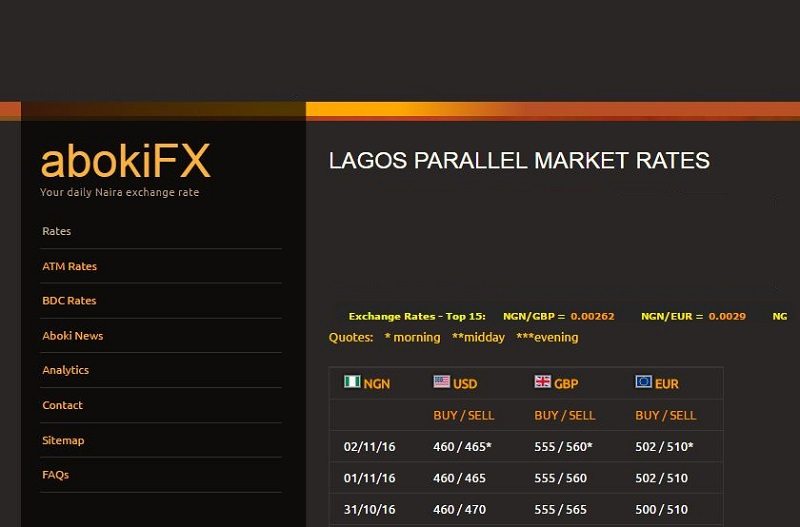

Note that the Invoke-Command is a single line that may be displayed on multiple lines due to word wrapping. In its simplest form Tom demonstrates how to check the version of Exsetup.exe locally on a server: GCM Exsetup.exe | % As an added bonus this can be automated and scripted. As with Exchange 2003 checking the version of key files is a great way to determine the current build of Exchange. Tom Kern originally addressed this back in 2010 with his post to the Exchange team blog. We need to use the techniques described below to map the build information to the released products. Note that the Help –> About method does not give you a text based description of the installed RU, and a link to the relevant KB article. Or by going help –> About in the Exchange Management Console. The simplest way we can check it to look for installed updates in Add/Remove programs (or whatever it’s called nowadays)

How can we find out what RU is currently installed? If service pack 3 was installed then the build would start with14.3.Īnd the same information is mirrored in the GUI: So when you look at the below screenshot of an Exchange 2010 organisation you can see that it is running SP2 as the build is 14.2 but you cannot state what RU is currently installed. One issue with this though is that Exchange 2007/2010 tools show the currently installed Service Pack version, as they did in Exchange 2003, and not what RU is currently installed. Update: 4-3-2015 Updated links to new home for Exchange build information. These updates that we speak of are the Update Rollups, Rollups, URs or RUs. It seems like an eternity ago, and dinosaurs were still roaming the Earth, when Exchange 2003 SP2 was released in October of 2005 as a whopping 109 MB download.Įxchange 2007 moved to a different servicing strategy which added a predictive scheduling element to the underlying Service Pack cycle so customers had a vehicle to receive fixes faster than wait for the next service pack. This continued into the Exchange 2000 and Exchange 2003 days. Back with the first few releases of Exchange, product updates were made available via service packs.


 0 kommentar(er)
0 kommentar(er)
